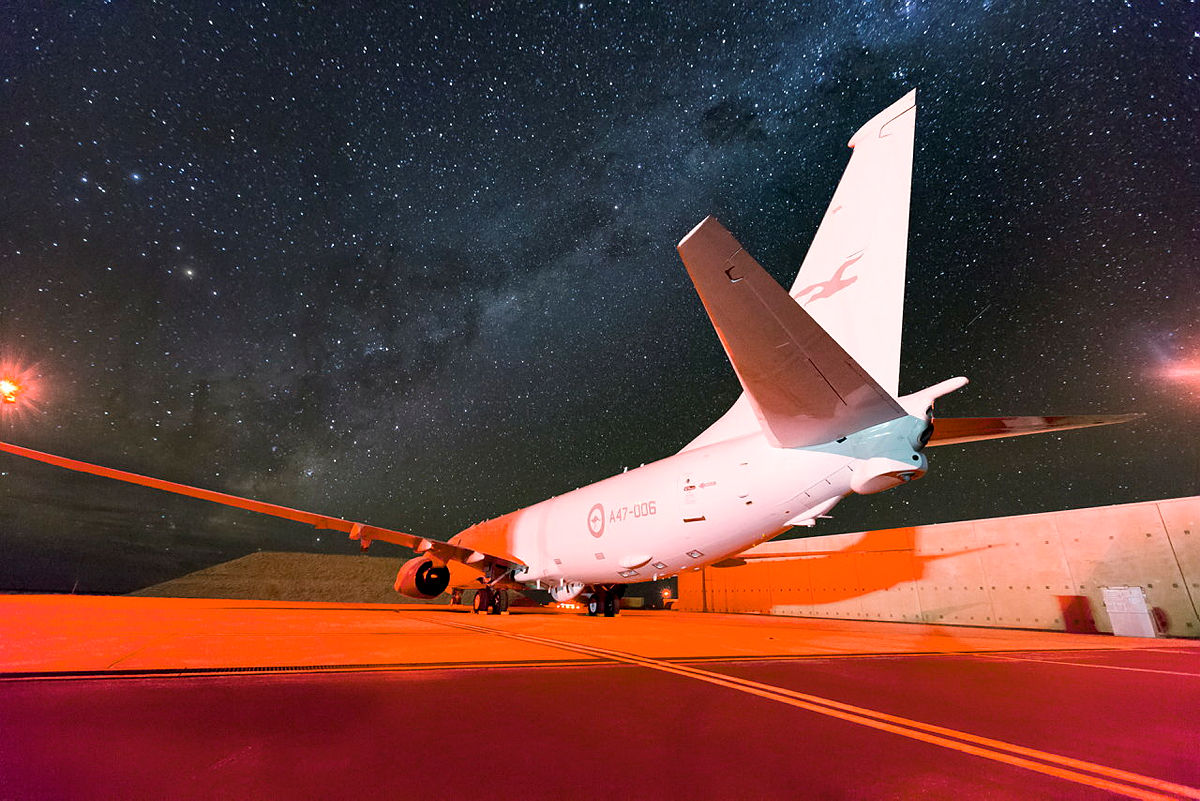
Following the release of the 2020 strategic update and force structure plan, Australia’s defence organisation is taking some important steps forward in how it approaches the prospect of military operations in space.
There’s now a ‘space domain review’
underway within the Department of Defence in response to the organisation’s move to recognise space as a full operational warfighting domain, which is due for completion by the end of 2021. The question being considered is how the Australian Defence Force will operate in space, encompassing everything from strategy and force posture to capability development and organisational structures.
The most recent step in this process was the
announcement by Chief of Air Force Mel Hupfeld that Defence is reorganising to become a truly integrated space-domain organisation, centred on a new ADF space command to be established next year.
Clarifying exactly what this means is vital. It does not mean establishing an Australian space force that is separate from and independent of the army, navy air force. Not even the US Space Force has
evolved to that level; it’s still operating within the US Air Force, alongside USAF Space Command. The space command within the ADF will
bring together the three military branches, along with civilian representatives from Defence, and potentially other government agencies, to ‘establish an organisation to sustain, force-generate, operate space capabilities and assign them to a joint operation command if needed’.
In making the announcement, Air Marshal Hupfeld said that, while space is a warfighting domain, ‘we’re not going to militarise space’. Some clarification on the nomenclature is useful at this point. Space has been ‘militarised’ since the dawn of the space age, when the use of satellites to support terrestrial military operations started in the early 1960s. Major powers have long had military space capabilities in the form of satellites for communications and for intelligence, surveillance and reconnaissance. They have also developed satellites for positioning, navigation and timing functions, along with specialised functions such as missile early warning, geodesy and meteorology. Now, as the cost and complexity of space capabilities has fallen, more countries—and commercial actors—are developing and deploying militarily useful space capabilities.
The phrases ‘militarising space’ and ‘weaponising space’ have come to have distinct meanings. ‘Weaponisation’ of space implies the deployment of anti-satellite ‘
counterspace’ technology designed to achieve space control by attacking an opponent’s space support capabilities. It’s likely that Hupfeld was referring to Australia not engaging in ‘space weaponisation’, while pursuing military space capabilities to support ADF requirements, such as new satellites for communications (Joint Project
9102B) and for intelligence, surveillance and reconnaissance (
Defence Project 799 Phases 2 and 3).
Hupfeld also highlighted space domain awareness as an essential part of space control missions undertaken by the new space command. This monitoring activity can be done from the surface of the earth, such as at the
hosted facilities at Exmouth in Western Australia, or through new capabilities, including space-based space surveillance that may emerge from Joint Project
9350 and commercial projects such as Innovor’s Project
Hyperion.
Establishing a space command will be a good opportunity to centralise and sustain professional expertise, both uniformed and civilian, within the defence organisation. Rather than disparate individuals scattered through the organisation managing various projects, it makes more sense to concentrate expertise in a manner that ultimately establishes a
permanent cadre of space professionals within Defence.
Space is a complex and fast-moving operational warfighting domain that demands constant thought and attention. The challenges Hupfeld alluded to with regard to adversary counterspace capabilities, and how Australia and its partners can respond, simply can’t be met properly if space is treated as an afterthought in defence planning, or if technical expertise is constantly lost due to redeployment of personnel.
Establishing a permanent staff for an ADF space command—and, indeed, going further to establish a formal career path for space professionals for uniformed and civilian defence employees—would lift Australia’s ability to manage both space capability acquisition and space policy development.
Australia may not need a ‘space force’ like the US has, but the ADF space command should integrate easily with the US Space Force’s and USAF Space Command’s activities and planning at the highest levels. That interaction needs to include discussions about how best to respond to rapidly developing adversary capability and counterspace threats in the near-earth region of space and about the potential implications of major-power competition out to cislunar space.
There are other partners we need to strengthen our relationship with too, including the United Kingdom, which is establishing its own
space command, and
Japan, which is establishing a space squadron. Deepening and expanding our ties within the Five Eyes grouping, via the 2014 Combined Space Operations (CSpO) Initiative, for example, and through the Quad, are endeavours that an ADF space command needs to lead on.
It’s also vital that the ADF space command have an enduring connection with the Australian Space Agency and Australia’s commercial space sector. Harnessing our vibrant commercial space sector for satellite development, sovereign launch capability and ground segment support is an obvious step for Defence. The space command will need permanent civilian liaison from the Australian Space Agency.
An ADF space command centralises policy formulation and capability planning, enhances cooperation with like-minded allies, and energises networking with Australia’s rapidly growing commercial space sector. It can also contribute towards more ambitious opportunities for the ADF in using space. For example, there’s growing support in the space sector for Australia to develop the means to launch Australian-made satellites on Australian launch vehicles from Australian launch sites on a regular basis. That would be an indicator for a mature national space capability that could be transformational for ADF space operations. But that vision needs a coherent organisational core in order to be realised. An ADF space command that brings together and sustains expertise and skills is a logical and sensible step towards achieving this goal. In embracing a space command, Defence has signalled an important next step for Australia in space.
 Print This Post
Print This Post